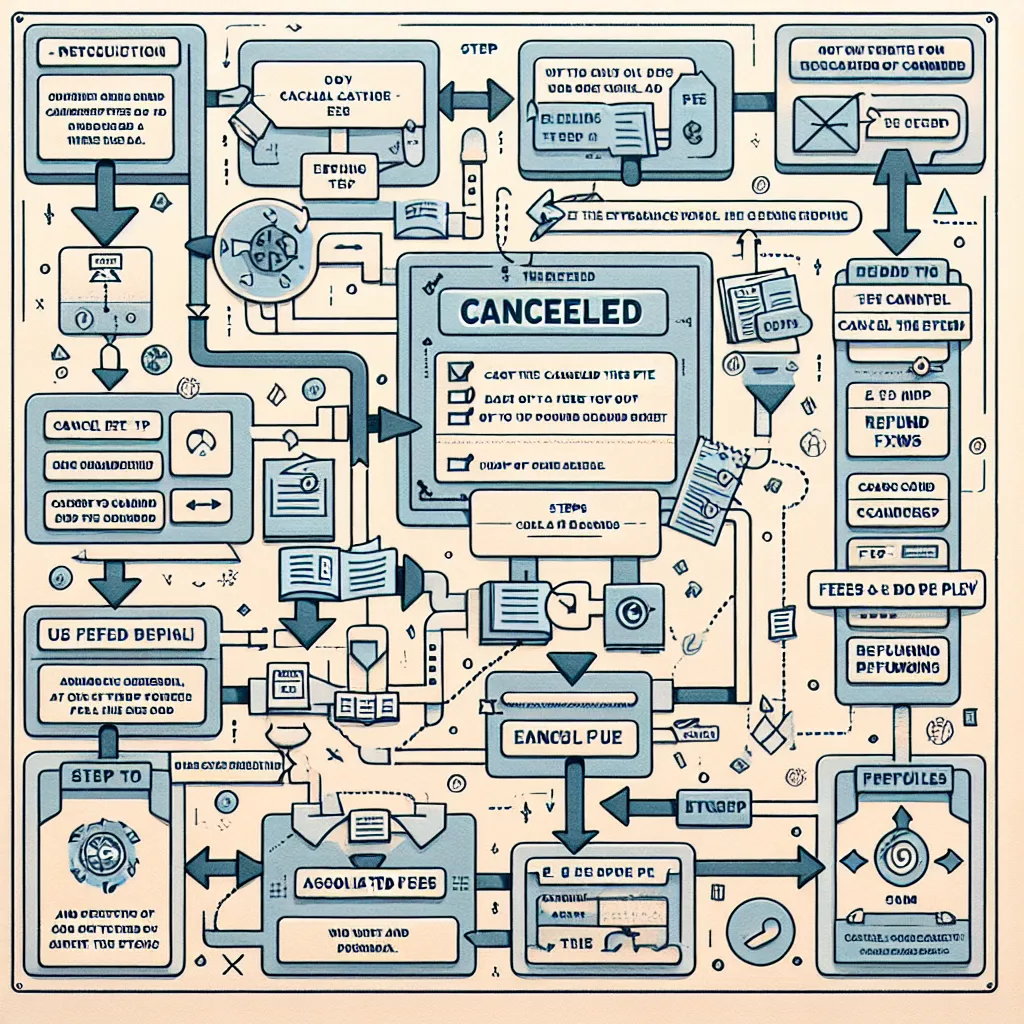Are you preparing for the Pearson Test of English (PTE) and wondering about the rules regarding note-taking during the exam? You’re not alone. Many test-takers have this question, and it’s crucial to understand the guidelines to maximize your performance. In this comprehensive guide, we’ll explore everything you need to know about taking notes during the PTE test.
Understanding PTE Note-Taking Rules
What Are the Official PTE Guidelines?
The good news is that yes, you can take notes during the PTE test. Pearson, the organization behind the PTE, allows and even encourages note-taking during certain sections of the exam. However, it’s essential to understand the specific rules and limitations to avoid any issues on test day.
 PTE Note-Taking Guidelines
PTE Note-Taking Guidelines
When Can You Take Notes?
You are allowed to take notes during most parts of the PTE test. This includes:
- Listening sections
- Reading sections
- Speaking sections (for some tasks)
- Writing sections
It’s important to note that while you can jot down information during these sections, you must do so within the confines of the provided materials.
What Materials Are Provided for Note-Taking?
The PTE test center will provide you with an erasable notepad and pen. These are the only tools you’re allowed to use for note-taking during the exam. You cannot bring your own paper, pens, or any other writing materials into the test room.
Effective Note-Taking Strategies for PTE
Listening Section
In the listening section, quick and efficient note-taking can be a game-changer. Here are some tips:
- Focus on key information: dates, names, numbers, and main ideas.
- Use abbreviations and symbols to save time.
- Practice active listening while taking notes to maintain concentration.
Reading Section
For the reading tasks, your note-taking approach should be slightly different:
- Skim the text first to get an overview.
- Jot down main ideas and supporting details.
- Use a simple outline format to organize information quickly.
Speaking Section
In some speaking tasks, you’ll have a short preparation time. Use this wisely:
- Write down key points you want to cover.
- Create a quick outline to structure your response.
- Note any specific vocabulary or phrases you want to include.
Writing Section
For writing tasks, effective planning is crucial:
- Quickly brainstorm ideas and jot them down.
- Create a basic outline with introduction, main points, and conclusion.
- Note any key vocabulary or phrases relevant to the topic.
Best Practices for PTE Note-Taking
Keep It Simple and Legible
Remember, you’ll need to read your notes quickly. Keep your handwriting legible and use a consistent system of abbreviations and symbols.
Practice Time Management
Don’t spend too much time on note-taking. It’s a tool to aid your performance, not the main focus of the test.
Develop Your Personal System
Everyone has a different note-taking style. Practice different methods before the test to find what works best for you.
Use Notes as a Memory Aid
Your notes should serve as prompts, not full answers. Use them to jog your memory and organize your thoughts.
Common Mistakes to Avoid
- Overwriting: Don’t try to transcribe everything. Focus on key points.
- Neglecting to listen or read actively: Balance note-taking with active engagement in the task.
- Relying too heavily on notes: They’re a tool, not a crutch. Practice answering questions without constantly referring to your notes.
Next Steps in Your PTE Preparation
Now that you understand the rules and strategies for note-taking in the PTE test, it’s time to put this knowledge into practice:
- Incorporate note-taking into your regular study sessions.
- Take practice tests under exam-like conditions, using only an erasable notepad and pen.
- Review and refine your note-taking techniques based on your performance in practice tests.
Remember, effective note-taking is just one aspect of PTE preparation. Ensure you’re also focusing on improving your overall English language skills and familiarizing yourself with all aspects of the test format.
Conclusion
Taking notes during the PTE test can significantly enhance your performance when done correctly. By understanding the rules, practicing effective strategies, and avoiding common pitfalls, you can use note-taking to your advantage. Remember, the key is to find a balance that works for you without compromising your focus on the actual test tasks.
As you continue your PTE preparation journey, keep refining your note-taking skills alongside your language abilities. With practice and the right approach, you’ll be well-equipped to tackle the PTE test with confidence. Good luck with your preparation, and don’t hesitate to explore our other PTE-related articles for more valuable insights and tips!




